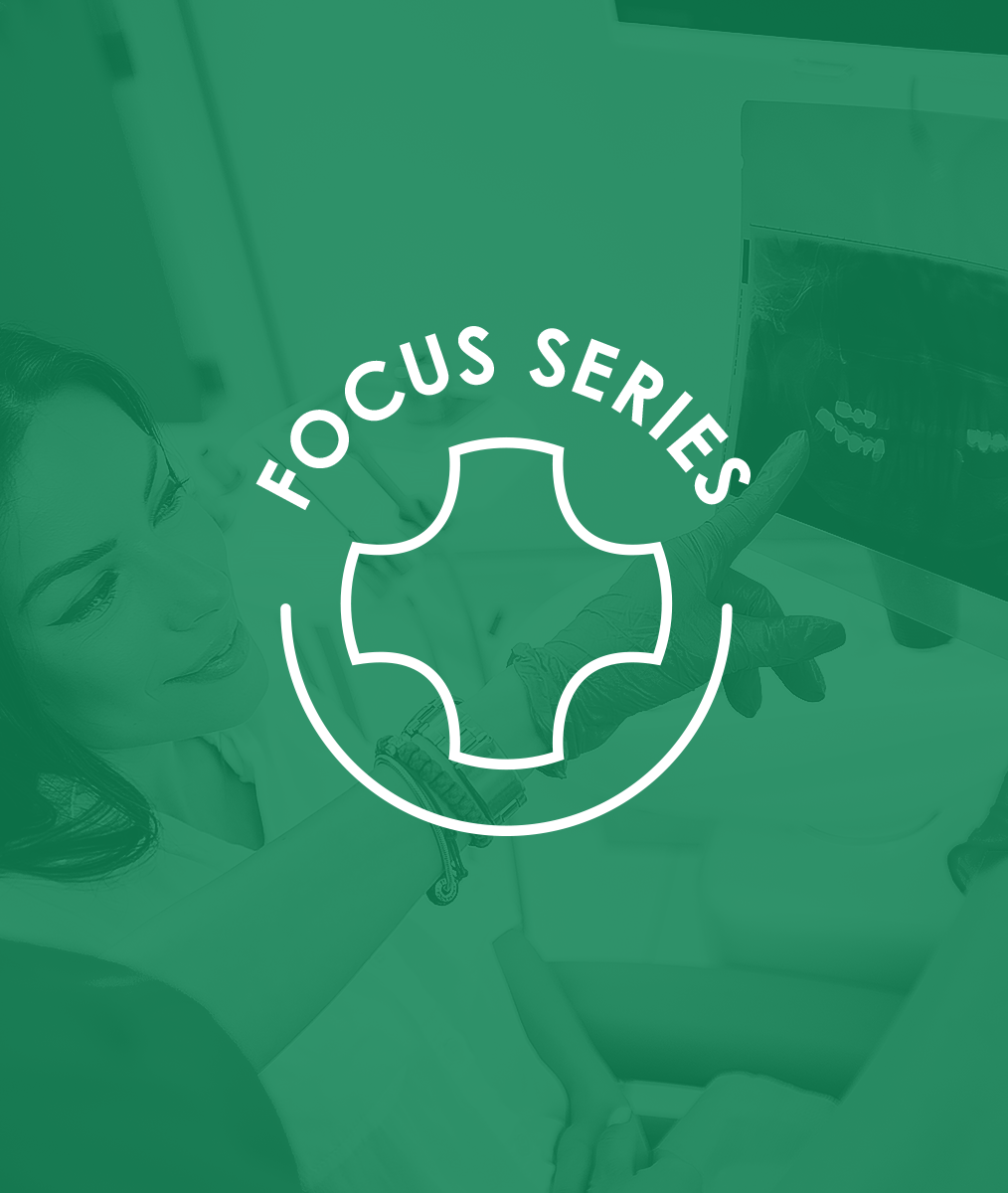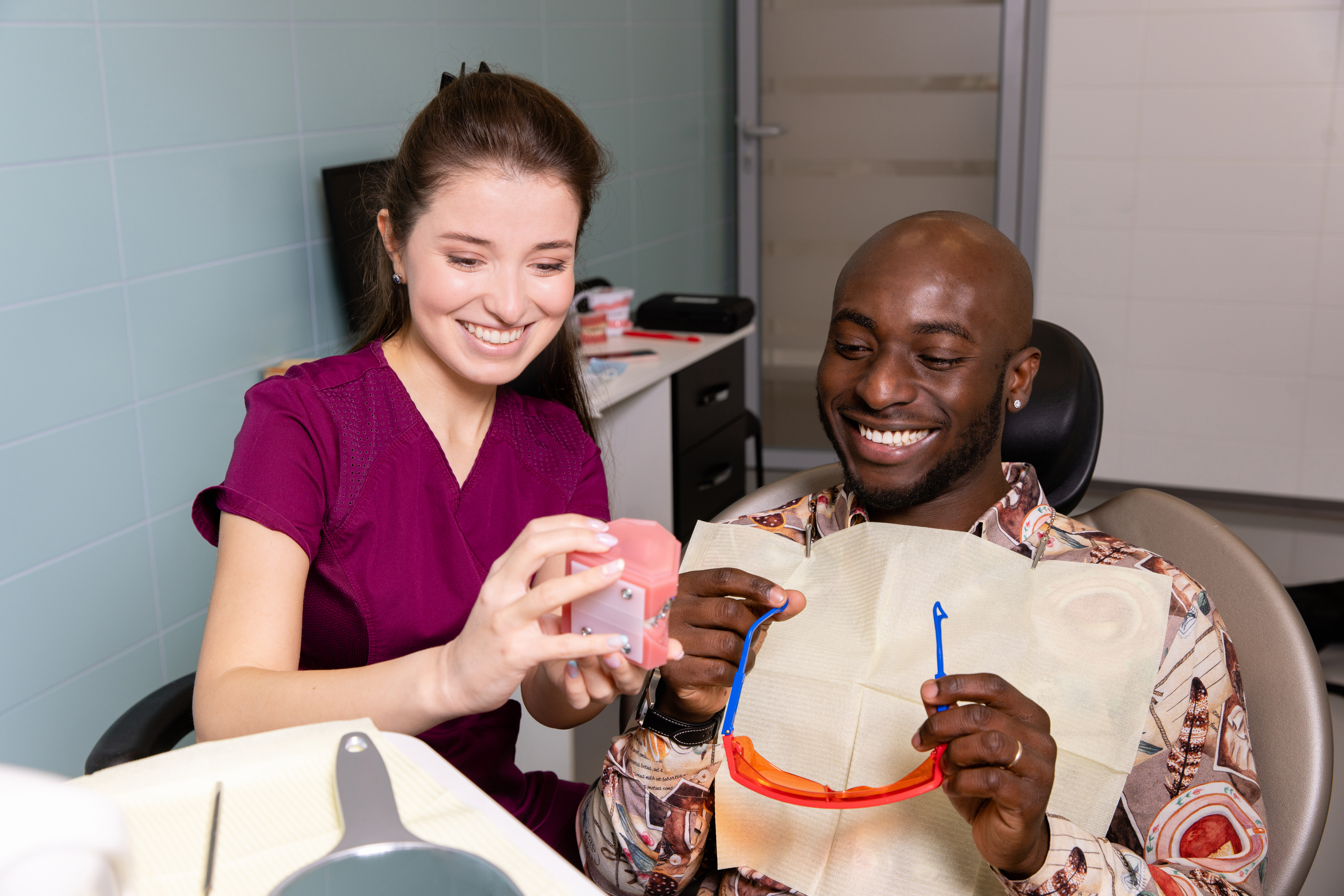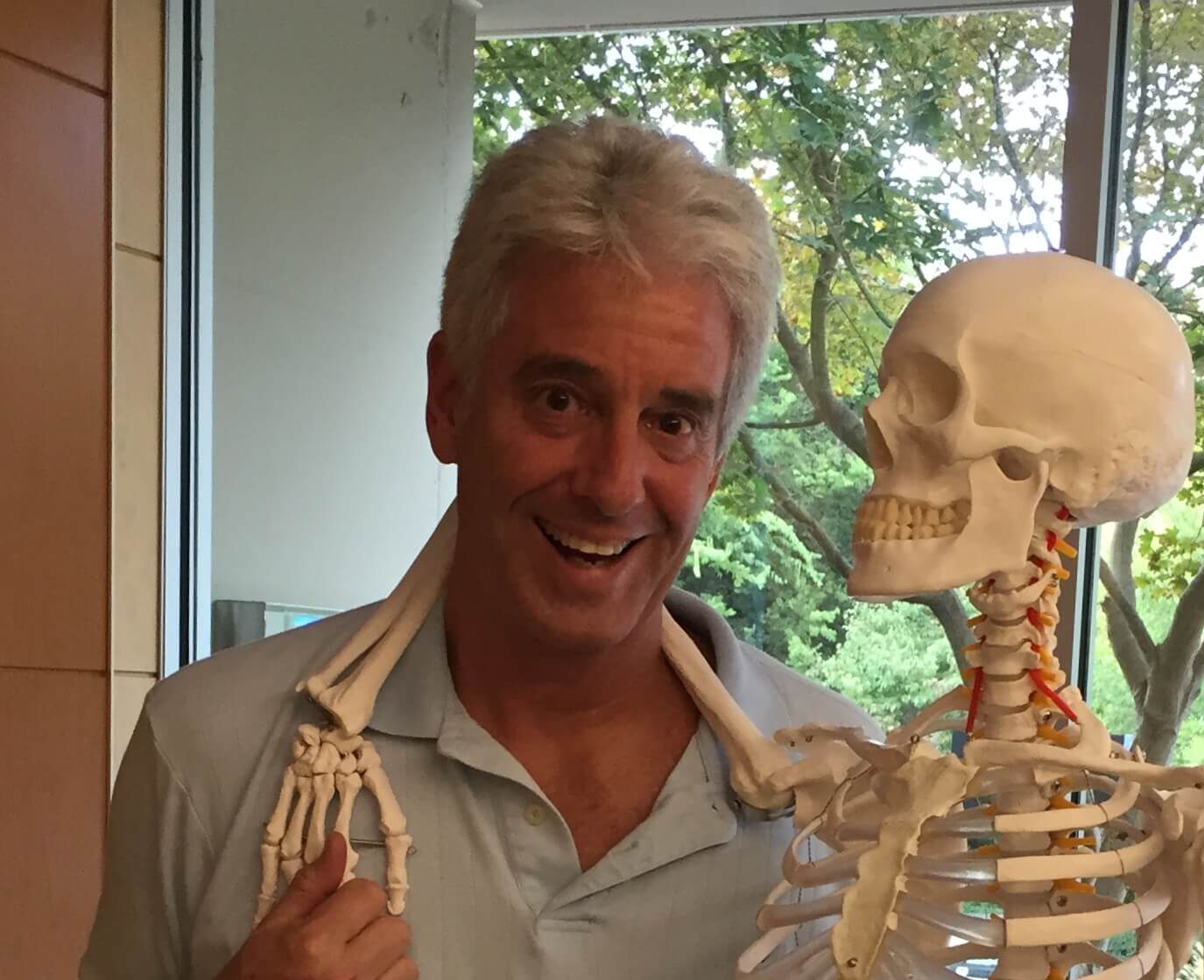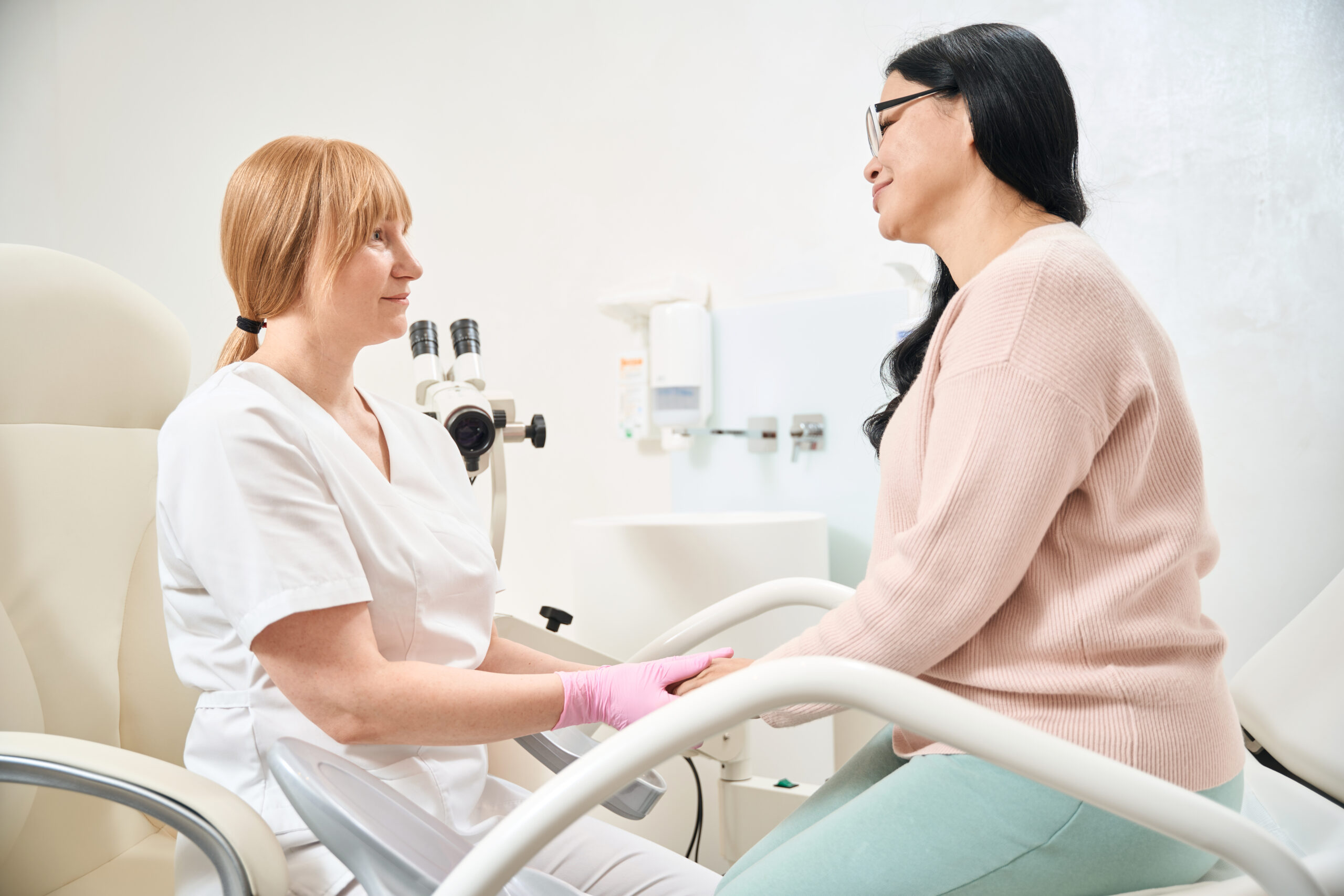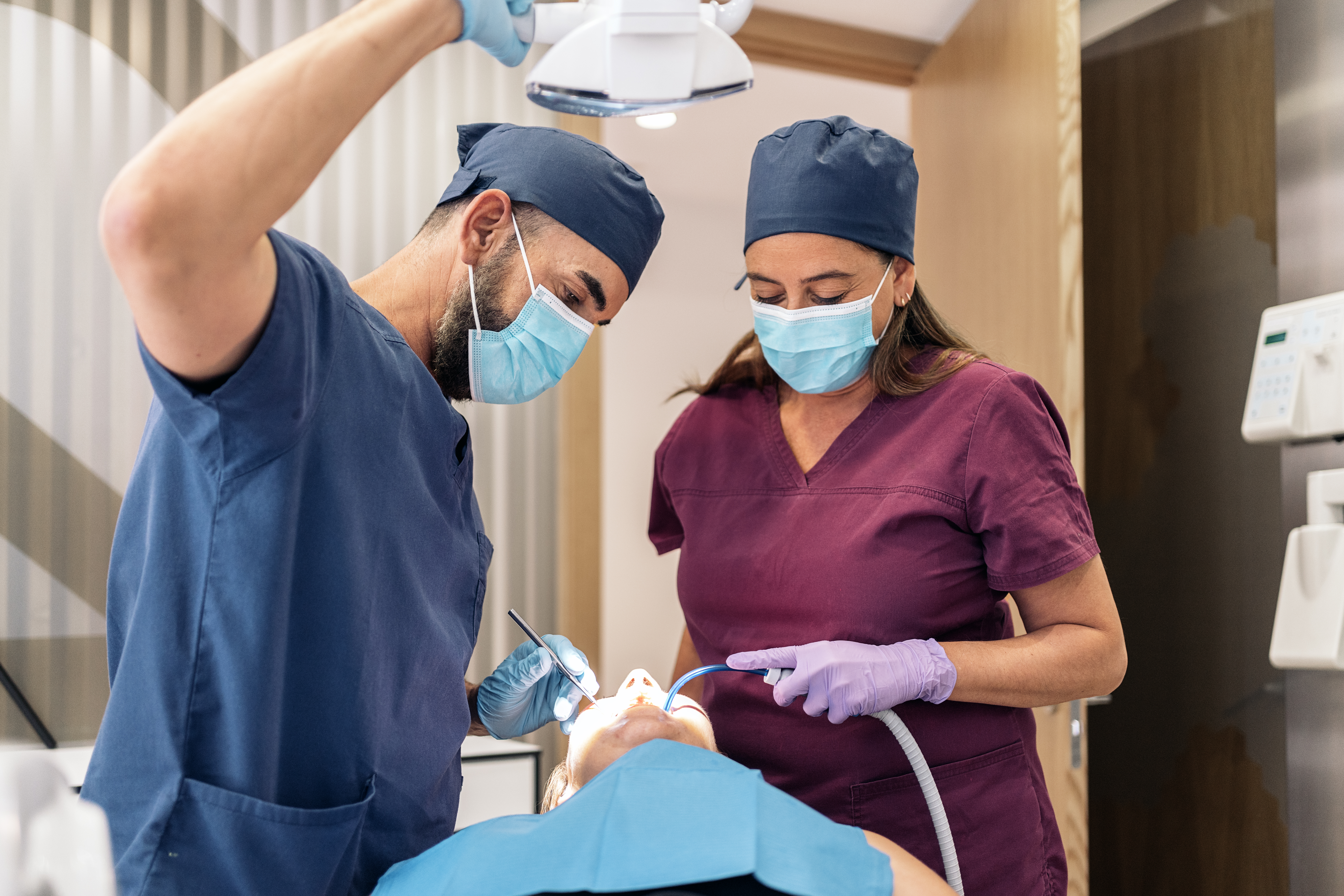Riding the Waves of Transition
By M. Johnson Hagood, DDS
As a general dentist in Vero Beach, Florida, who does a lot of restorative whole mouth dentistry, I rely on a wonderful interdisciplinary team but lately I’ve wanted to have more resources in my own practice.
A year ago, I decided to purchase a practice with a larger office on the beachside of town with the aim of bringing on an associate dentist with a background in periodontics and prosthodontics. I wasn’t sure if I would need to keep the 900-square-foot space I had practiced in for over two decades, so I only recently put my bungalow-style building on the market and moved fully out of it.
The transition has been fraught with challenges…the financing, the physical move, the tech setup, accommodating the exiting dentist and his team two days a week for a few months, and transitioning patients to a new location. Some might say I am going through a mid-life crisis, and they would be correct. My team and family have been incredible. I don’t think I could have done it without their support. They keep me going through the choppy waves.
Many of you know that I am a surfer. I still surf in my 50s but for the last six months, I haven’t had the time. Something with the transition is always rising to my attention. Many days, I feel the kind of burnout that I haven’t felt in years. Six months from now I hope to be writing again about what has transpired and how I am finally feeling on top of my game again. But for now, I can say that it’s been tough.
Some of you know Debbie Bush, who helps as a remote editor for Pankey. She was in the office a couple of days ago. She knows about the trials and tribulations we have been going through, and we spent some time talking about them.
She observed, “I’ve been here twice, and my husband has been here twice since you moved. I can tell that your patients think the change has been seamless. From their perspective, you and your team are providing them with the same personalized attention, interest, encouragement, and care. The other dentist’s patients are getting to meet you and your team. They are sensing the positive culture of your practice. It’s okay, Doc. You will get where you want to go. It’s going to be okay. You’ll be on an even keel in a few months.”
That meant the world to me.
I was able to tell her, “I wish it were easier, but I would do it all over again because I have a vision for the future, and this is the path to getting there.”
She reminded me that much of “the chop” we are weathering through is due to things outside our control. Our values and culture have remained the same. She asked me what the biggest benefits have been since moving to the new office, and we started talking about “the bright side.”
For starters, I am grateful for the greater space. We have one more operatory, and all our rooms are larger. It “feels good.” There is tremendous natural light coming in, pristine walls to hang my paintings on, and we have moved from a tiny, gentrified environment to an expansive more modern environment. My team is more physically comfortable. Patients have greater privacy and don’t overhear conversations outside the room they are in. On top of that, most of my patients live on the beach and are delighted I have moved closer to them.
The other thing I am excited about is my new CBT system. Moving into a larger space meant I could finally do 3D imaging for my patients in-house. Many patients come to my practice specifically because they are seeking treatment for TMD. I want cone beam images for every TMD patient. For years, I sent them to my endodontist for the 3D images, but now I do those images right away in my own office.
When my patients see the 3D images there is a wow factor but more importantly, I can be more thorough with diagnosis, and there is practically no radiation. In addition to the value-add of CBT with TMD, I’m seeing abscesses in teeth that don’t show up on regular X-rays, and the CBT will be important to a partner doing surgeries.
Debbie encouraged me to write about the choice of technology I made because it might help others in a similar situation. So, here goes. I considered the cone beam options on the market and decided to go with the Dexis OP 3D LX platform with a 12×15 cm field of view that enables us to see the entire dentition and TMJs in one high resolution image—the mandible, maxilla, bilateral TMJs, sinuses, and pharyngeal airway. I have always been impressed by the quality of Dexis imaging products, and the latest software with the OP 3D is intuitive.
I still have a long way to go to achieve my vision for expanding practice. I’ll report back on my experience early next year. I am grateful for the encouragement I receive from you, my colleagues, as I step up to pay the price, continue taking a leap of faith, and stay on course to reach my goals.
Related Course
Compromise to Co-Discovery: A Treatment Planning Journey
DATE: October 21 2025 @ 8:00 am - October 23 2025 @ 1:00 pmLocation: Online
CE HOURS: 21
Regular Tuition: $ 2995
Single Occupancy with Ensuite Private Bath (per night): $ 345
The Balance of Communication, Case Planning & Occlusion Dr. Melkers always brings a unique perspective to his workshops and challenges us to the way we think. At Compromise to Co-Discovery,…
Learn More>






